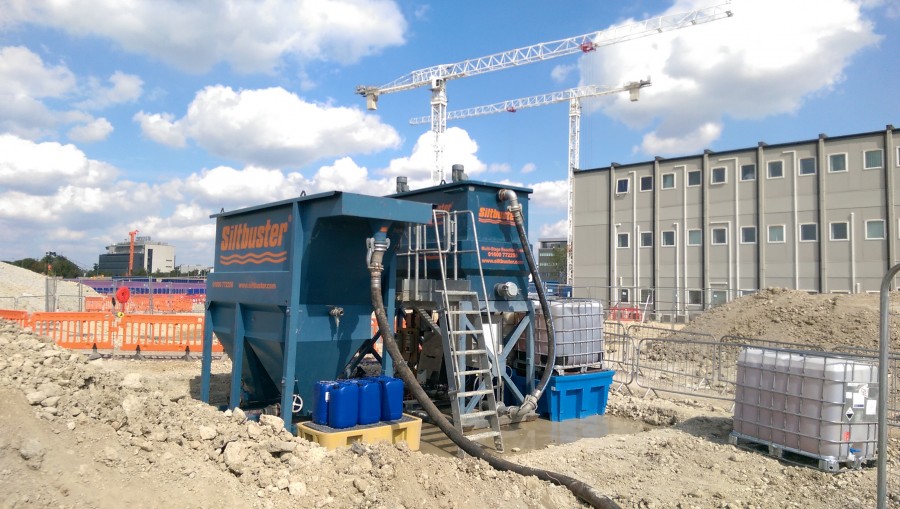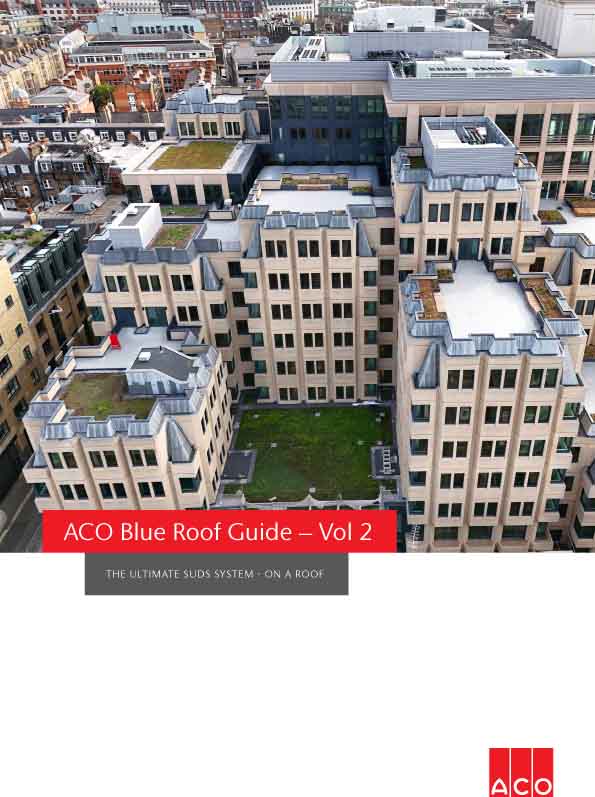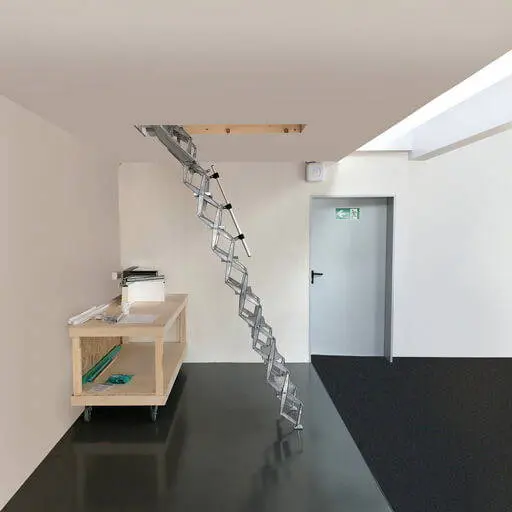Investment in infrastructure projects across the UK is seeing a significant boost, with major works getting started and an emphasis on Build Back Better. This is following a slowdown due to the COVID-19 pandemic and national lockdowns which hit the housebuilding sector particularly hard. Here, Rich Matthews, MD at Siltbuster, the wastewater treatment specialist, discusses the importance of water treatment when it comes to housebuilding.
Just like thorough risk assessments are carried out instinctively to support safe methods of working during COVID-19, it’s important that attention is paid in equal measure to the management of excess water on site, ensuring ‘Zero Harm’ to the environment.
There are certainly plenty of ways to help manage water on site, but they need to be implemented prior to work starting on any new build project. Housebuilders will want to pay attention to this in light of the strict sentencing guidelines. Historic cases have seen housebuilders face significant fines for releasing silty, polluting water into watercourses, even after evidence had been presented that this occurred after a period of heavy rainfall.
With this in mind, it is important that any water management strategy is established at the planning stage of the project, not just before construction work commences. All relevant information and data that comes from the ground investigation reports, such as the protection zones, composition of the near-surface geology, and the location of contaminated groundwater regimes, must be reviewed at the start so that there is time for site-specific plans to be put in place.
Mitigation measures also have a key role to play when it comes to the groundworks packages being put forward at tender stage. For example, the important removal of topsoil strips can be phased, rather than disturbing one massive area in one go. This reduces the quantity of unprotected ground, which is often the main source of pollution on site.

The good news for the industry is that best practice is changing, with water management taking on a greater importance on site than ever before. As an example, we are seeing ‘as built’ drainage schemes commonly being constructed at the start of building works, which is a major step forward, and absolutely the right thing to be doing. ‘As built’ drainage schemes tend to include swales or attenuation lagoons with hydro-break details to reduce the long-term hydrological impacts of new housing developments. These features can be put to good use during the project, forming large areas of attenuation for surface water run-off, safeguarding it from being released, untreated, into the environment.
The lagoons and swales provide the perfect platform for a modular water treatment system to be installed. Such systems are tasked with treating silt-laden water, so that it can be discharged, safely and compliantly, to the environment.
In Summary
Getting a water management strategy wrong on a building site is no longer something that can be absorbed in the overall cost of the project. It has the potential to do significant damage to profits, brand reputation and future tenders.
With this all this in mind, it pays to be pre-emptive when it comes to housebuilding and water treatment on site. With the right mitigation measures in place, construction firms can rest safe in the knowledge that the way they are operating is not impacting the environment, and is within compliance. This means no fines, and no detrimental effects on future projects.
Siltbuster has helped major stakeholders of new housing developments maintain their environmental credentials by deploying modular water treatment solutions for many years. The organisation also offers a robust, interactive CPD accredited course. For more information, call 01600 772256, email enquiries@siltbuster.com or visit www.siltbuster.com.




















